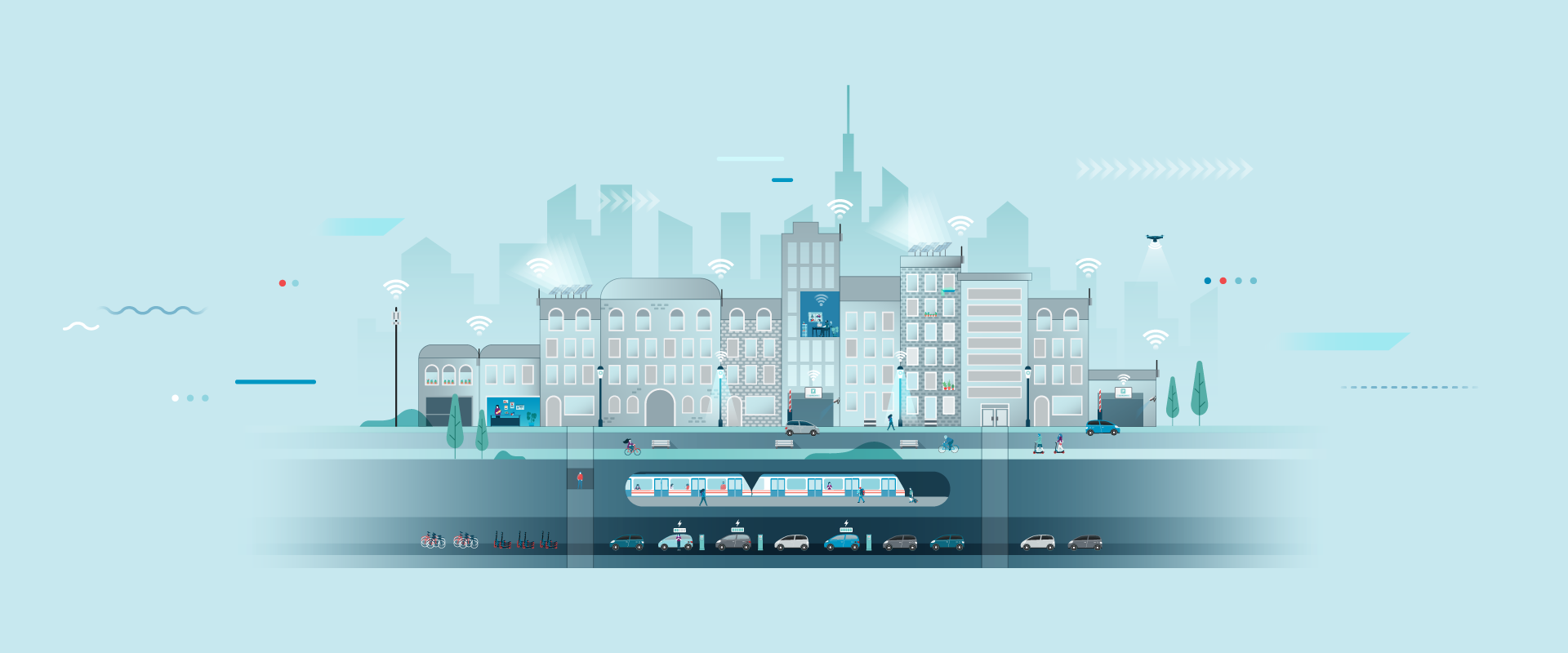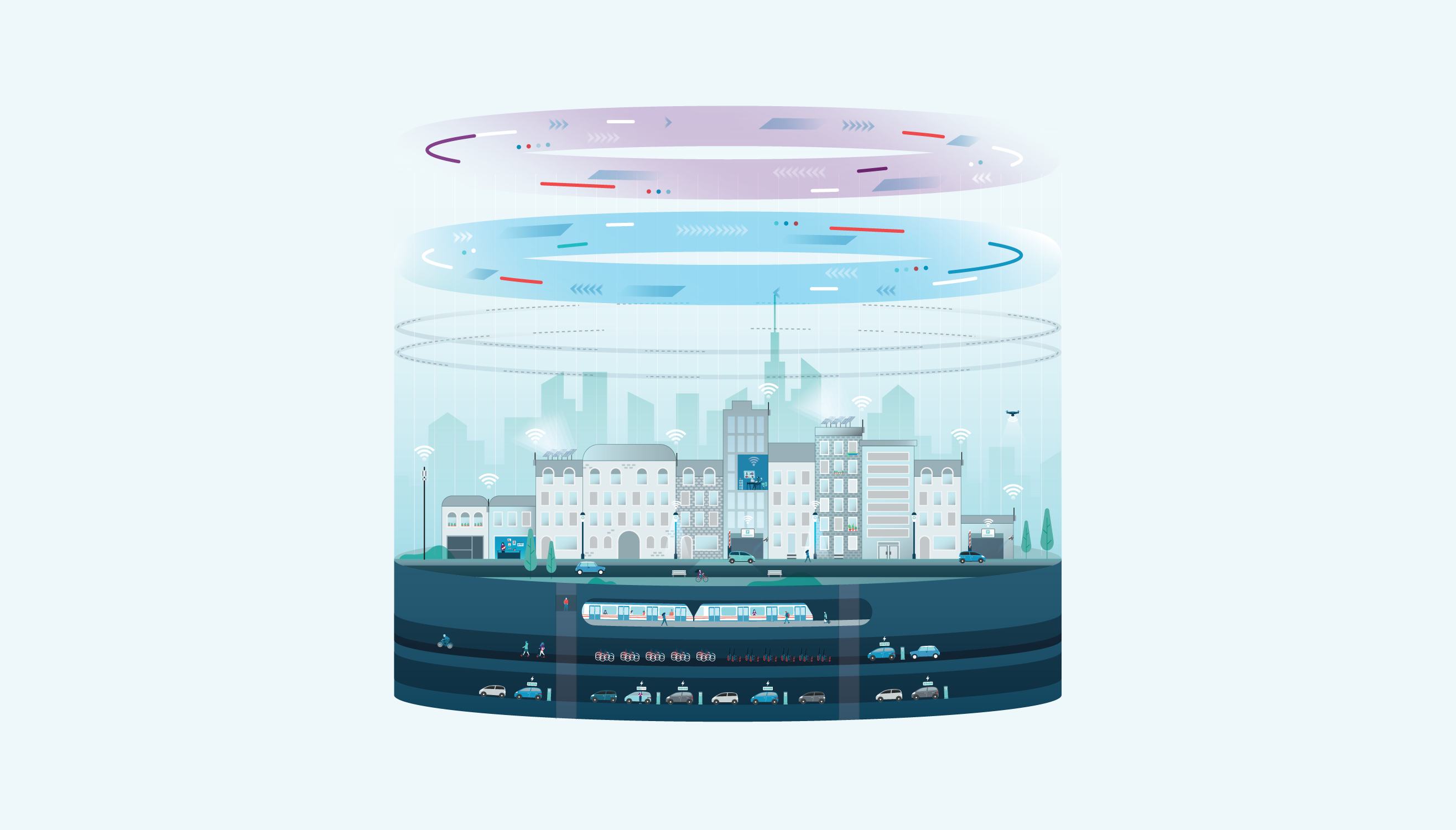Adapting to the new regulation obliging all Brussels car parks to provide EV chargers by 2025
Discover the challenges for property owners who will need to quickly adapt and accelerate their transition towards the widespread adoption of EV charging infrastructure at their locations.




